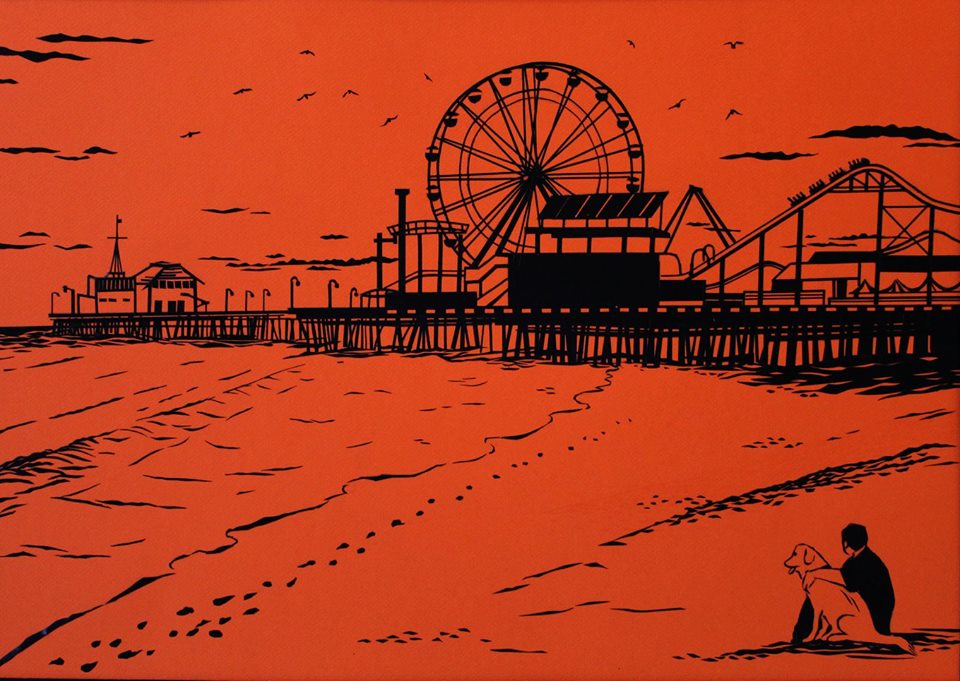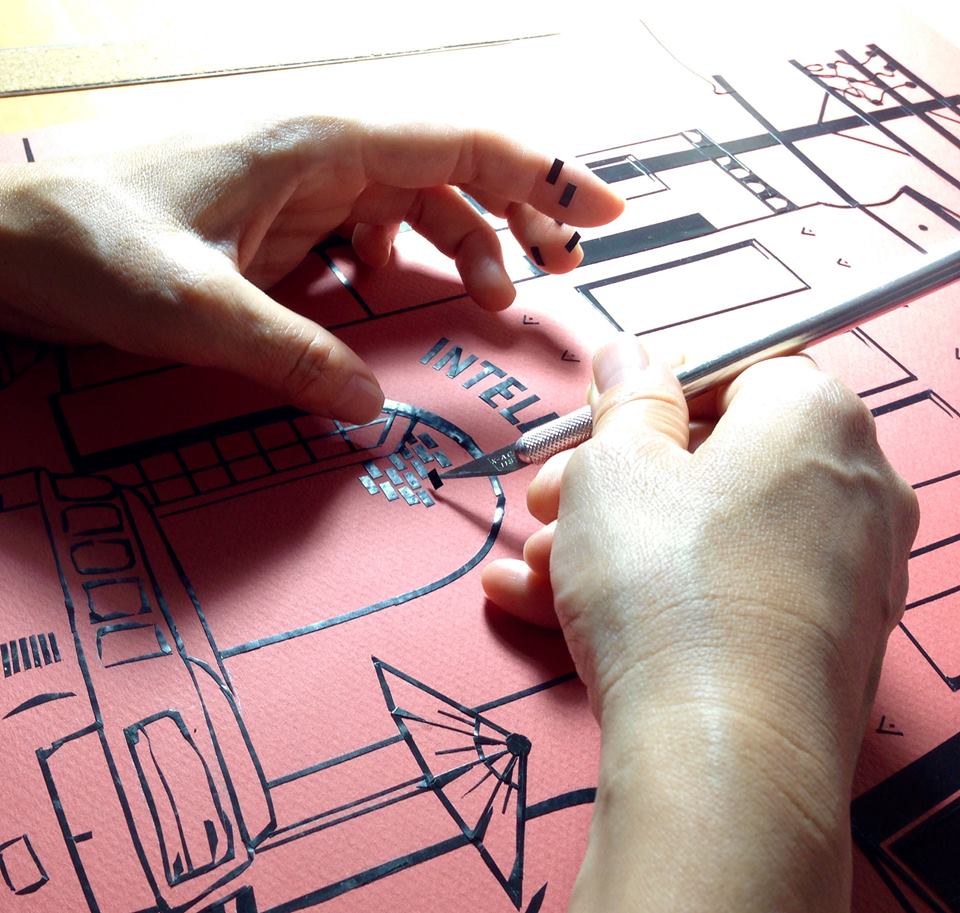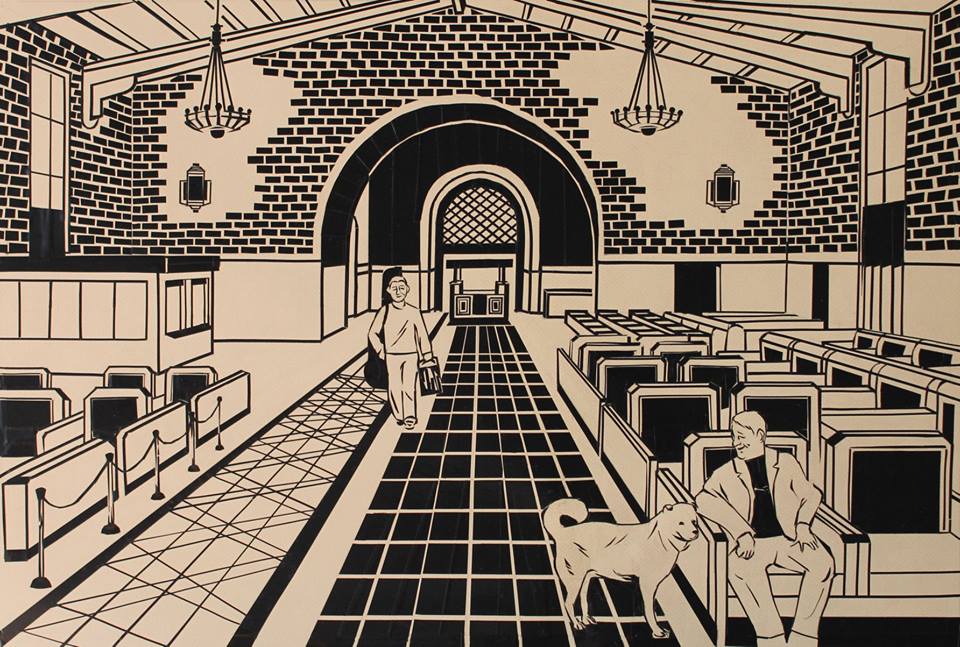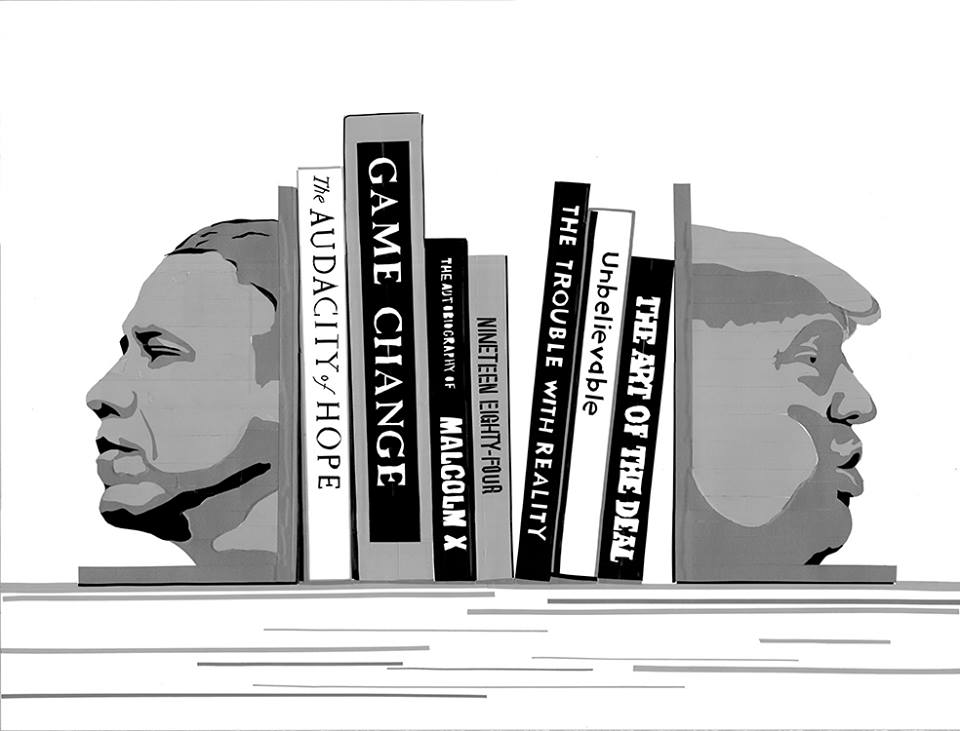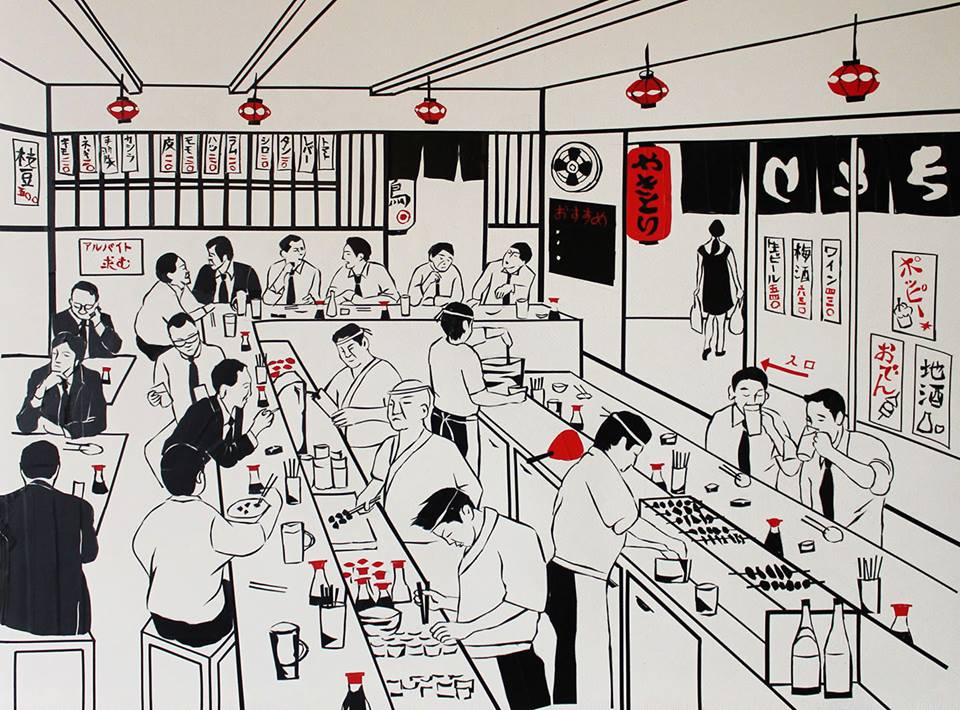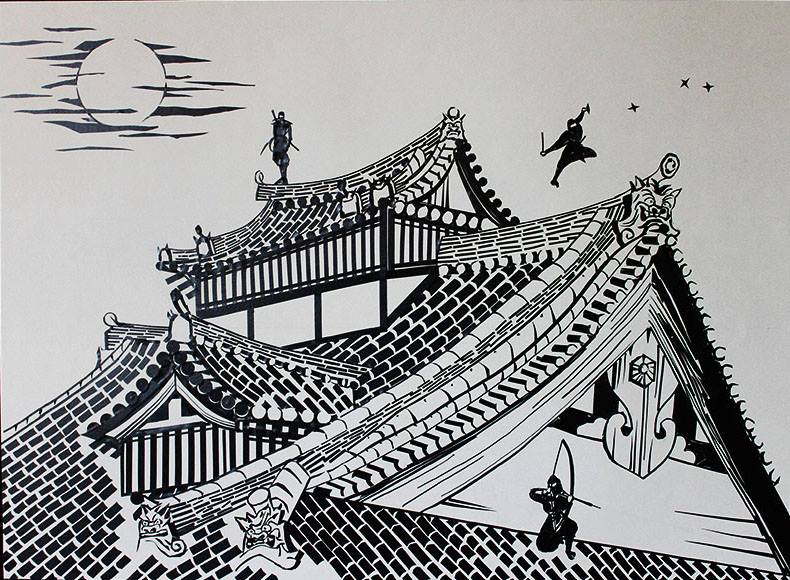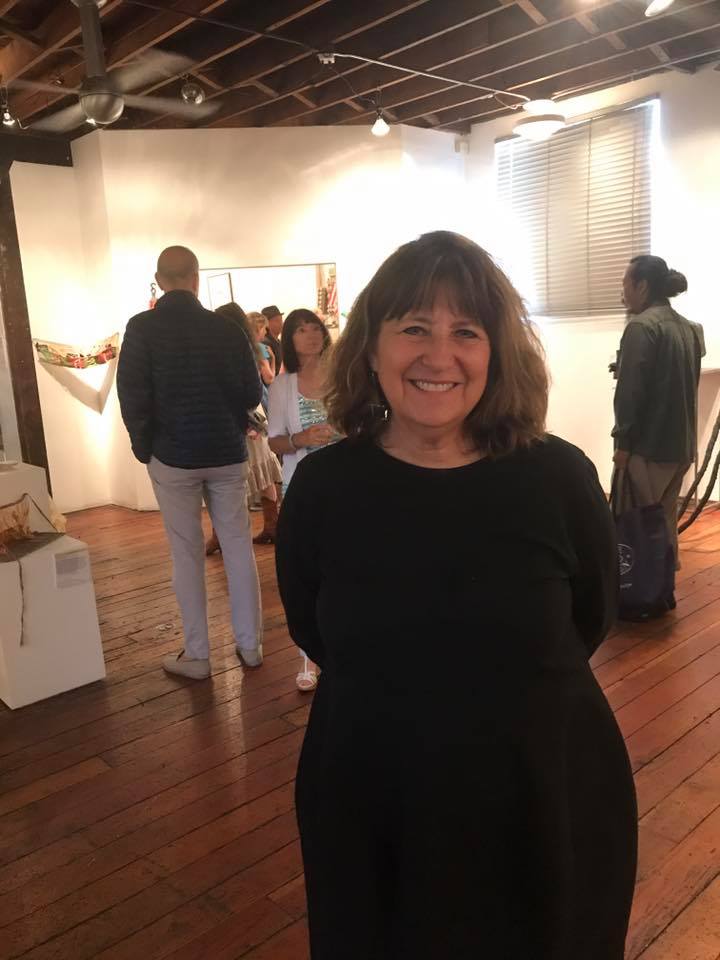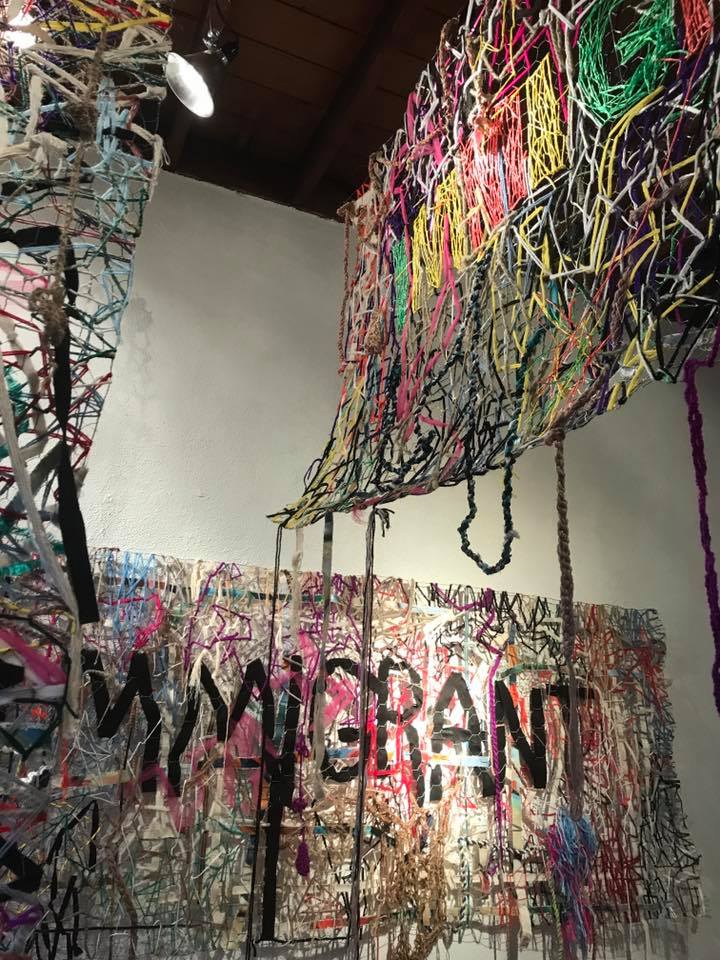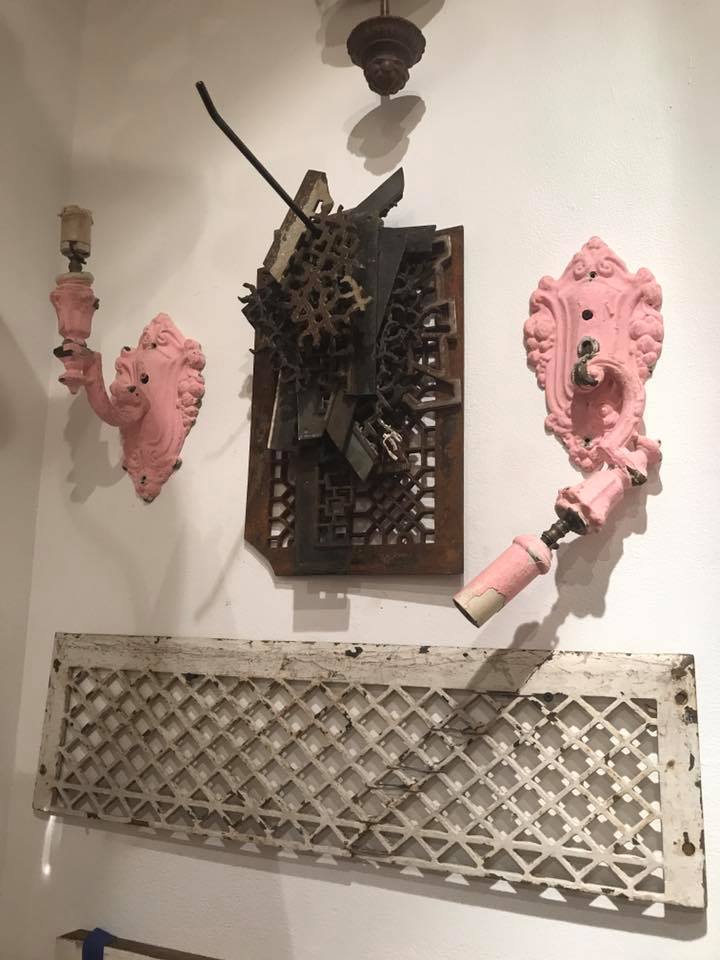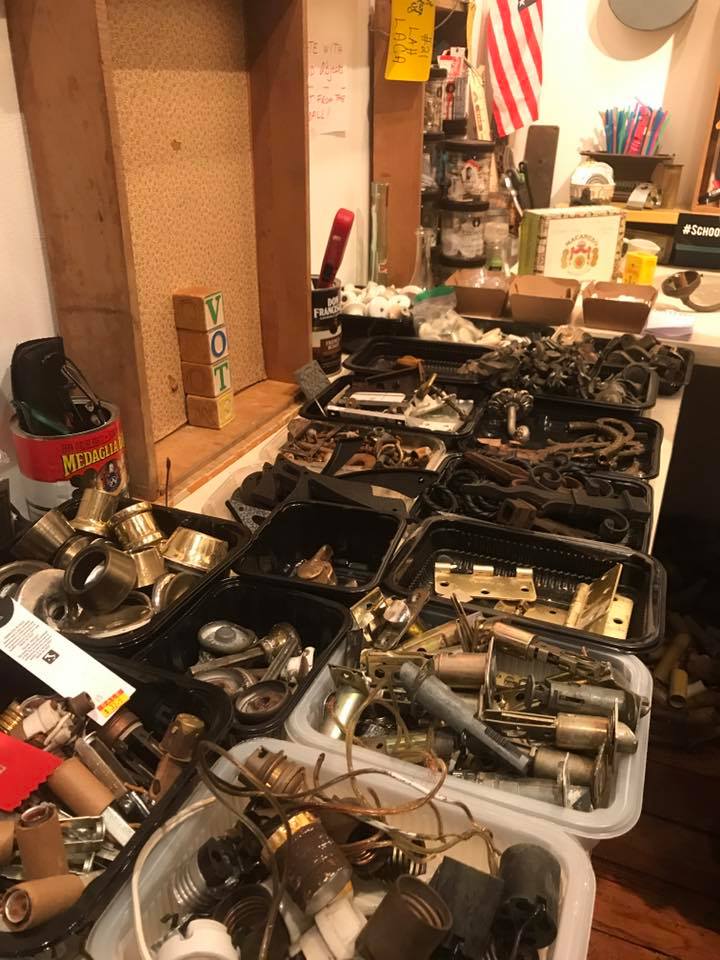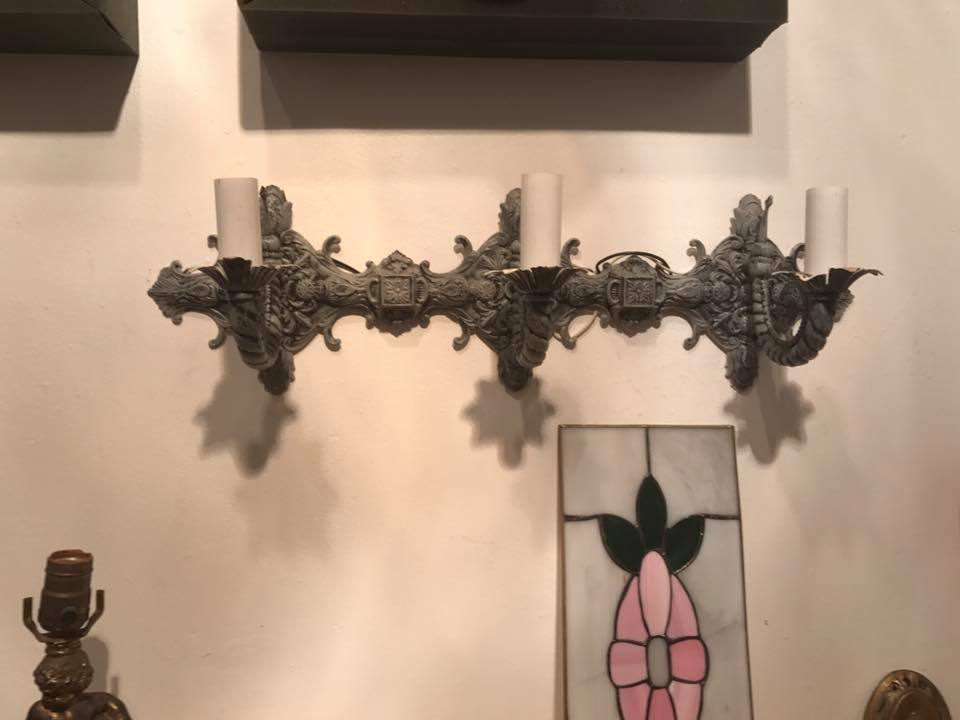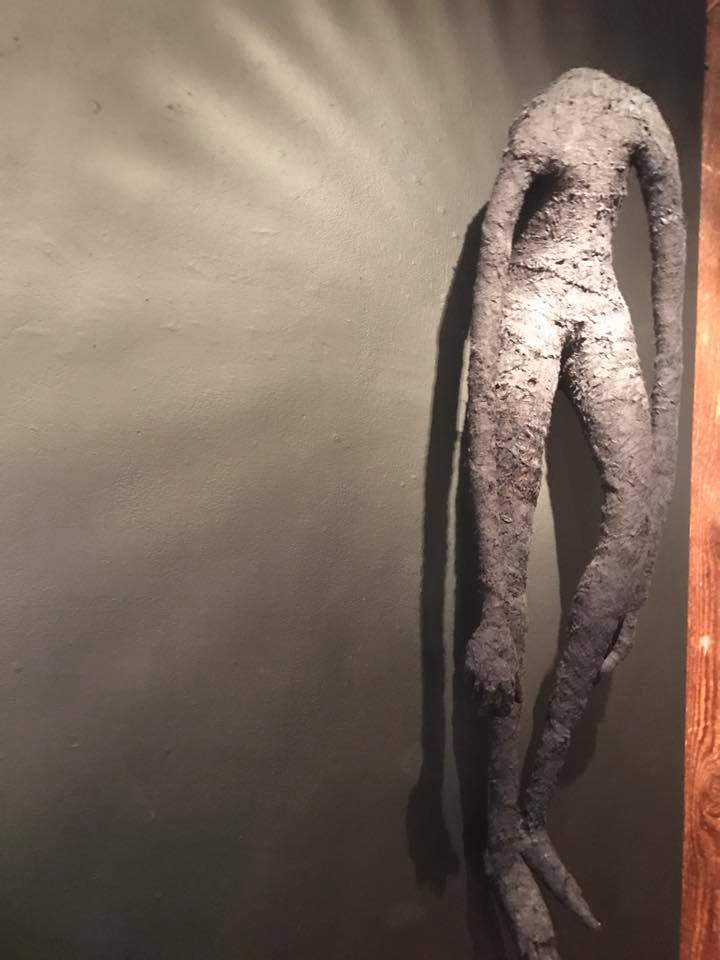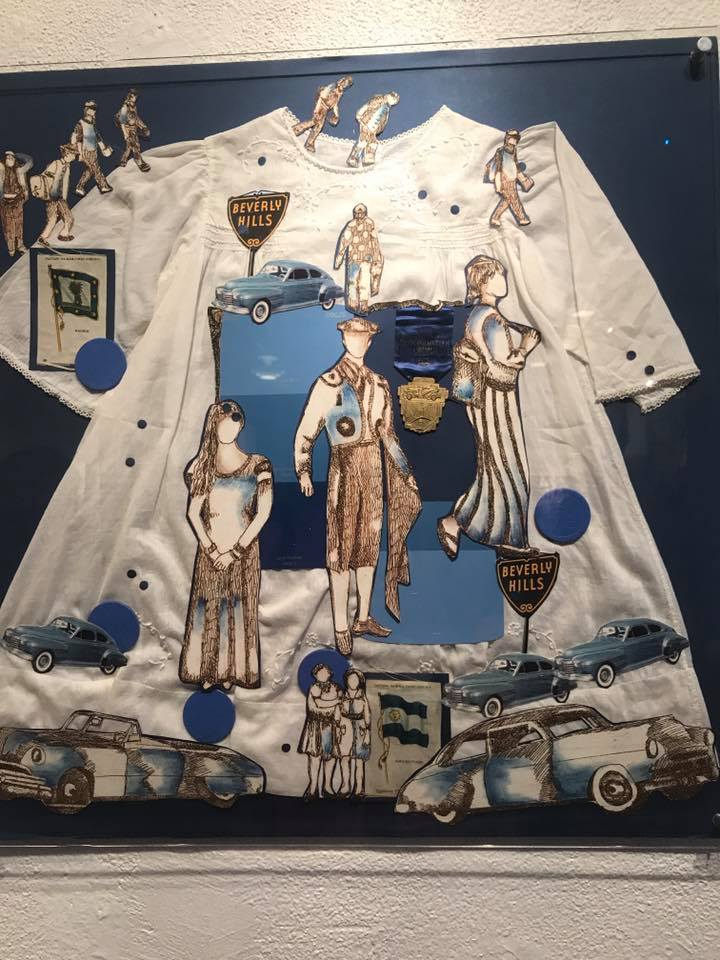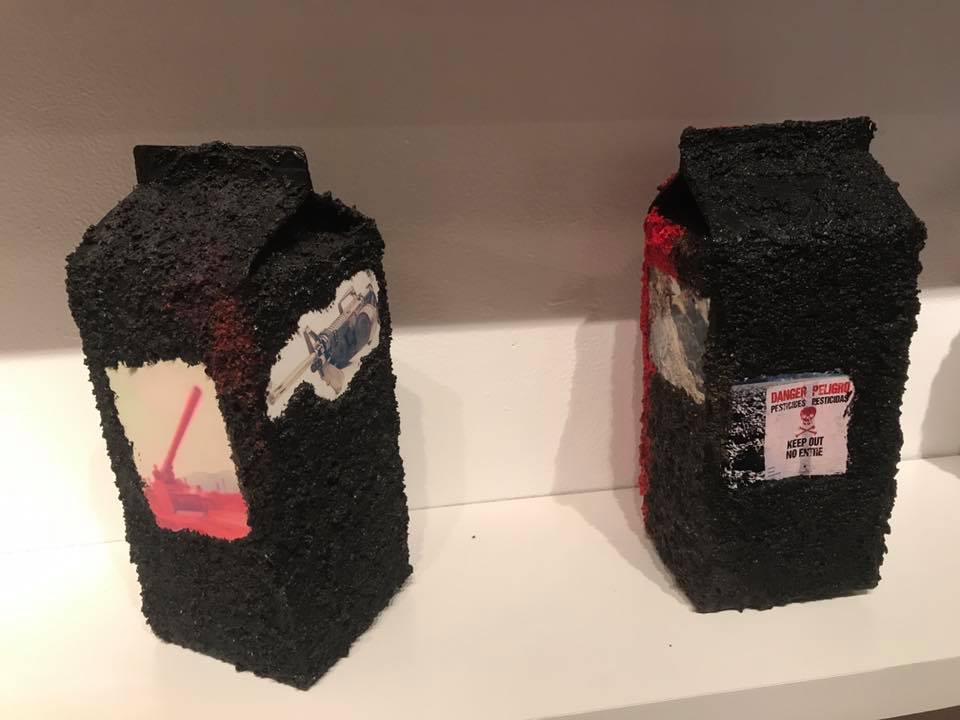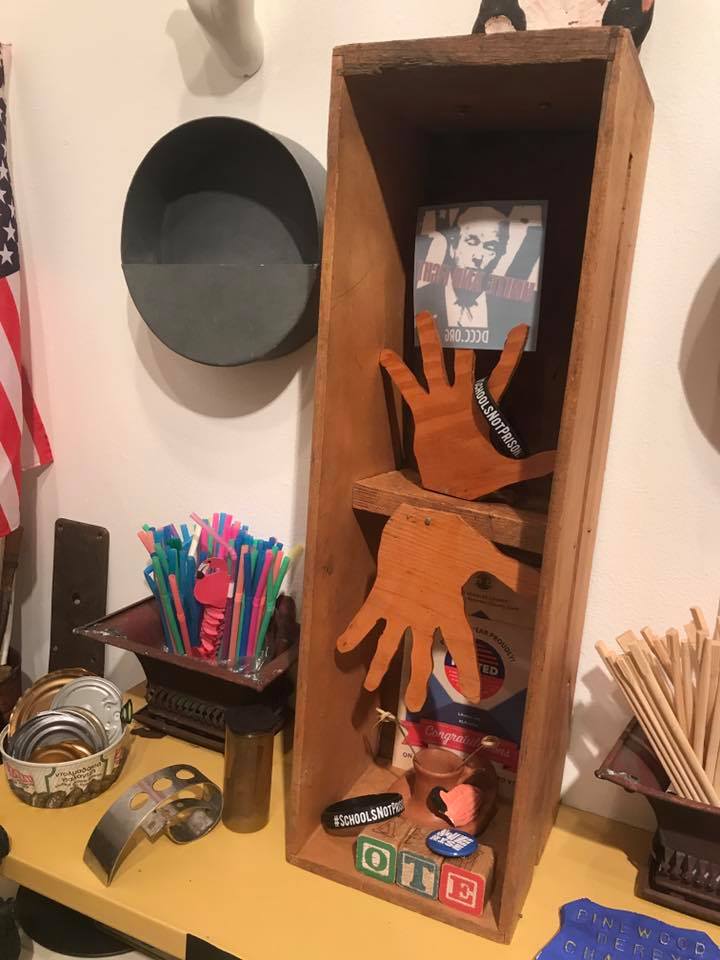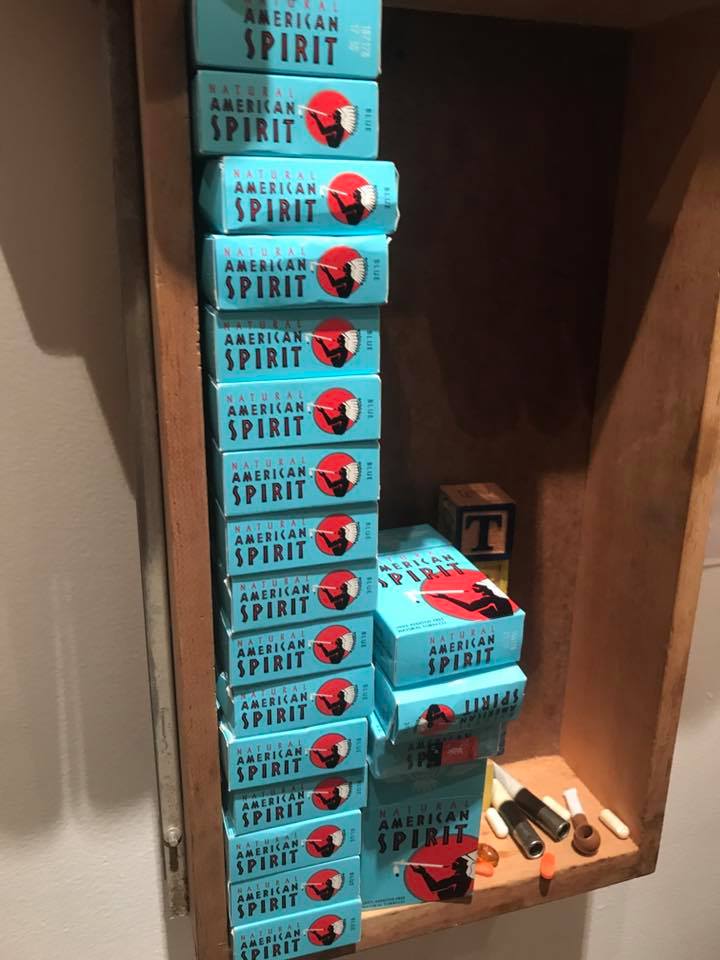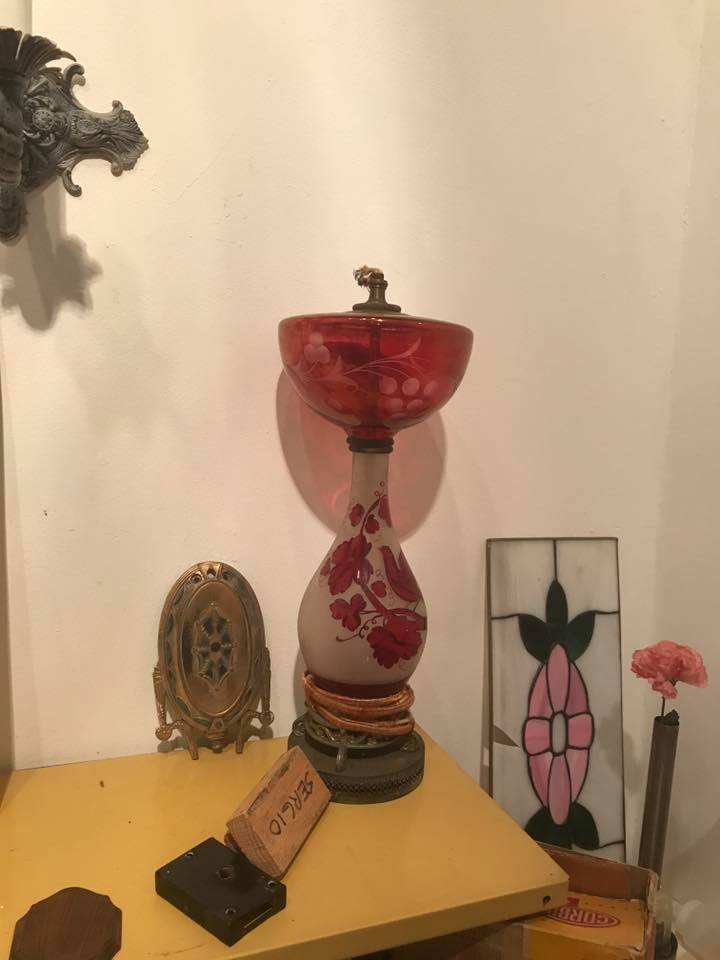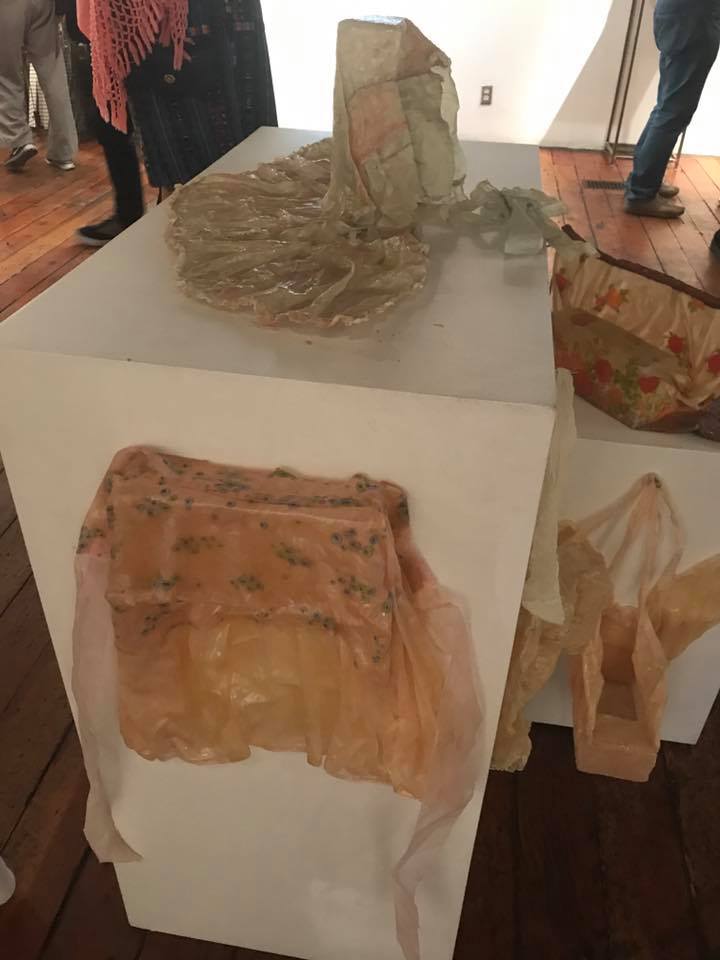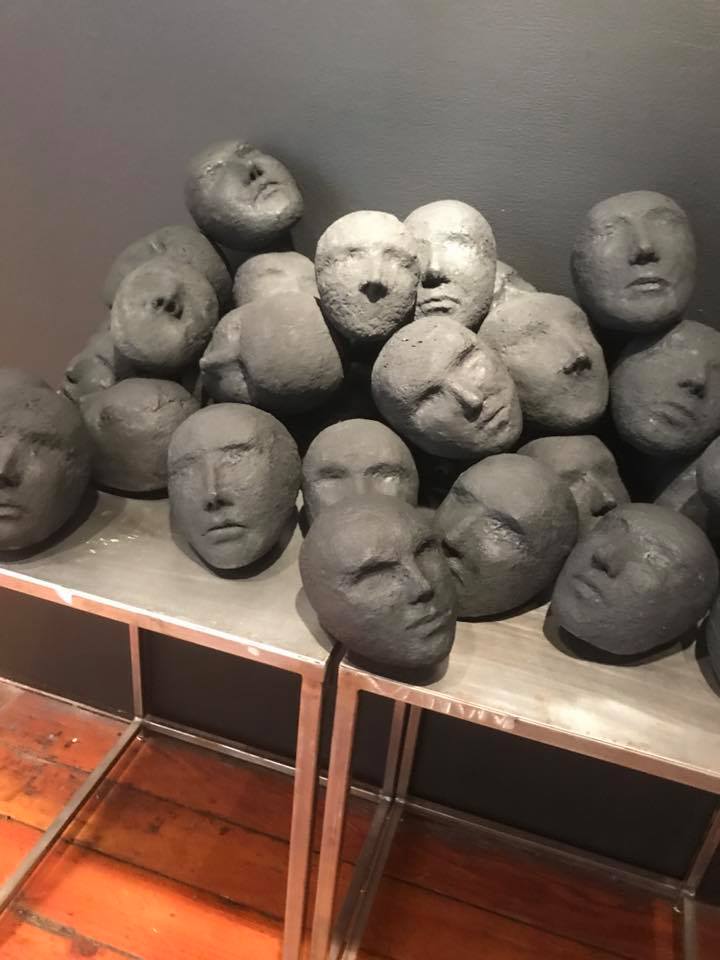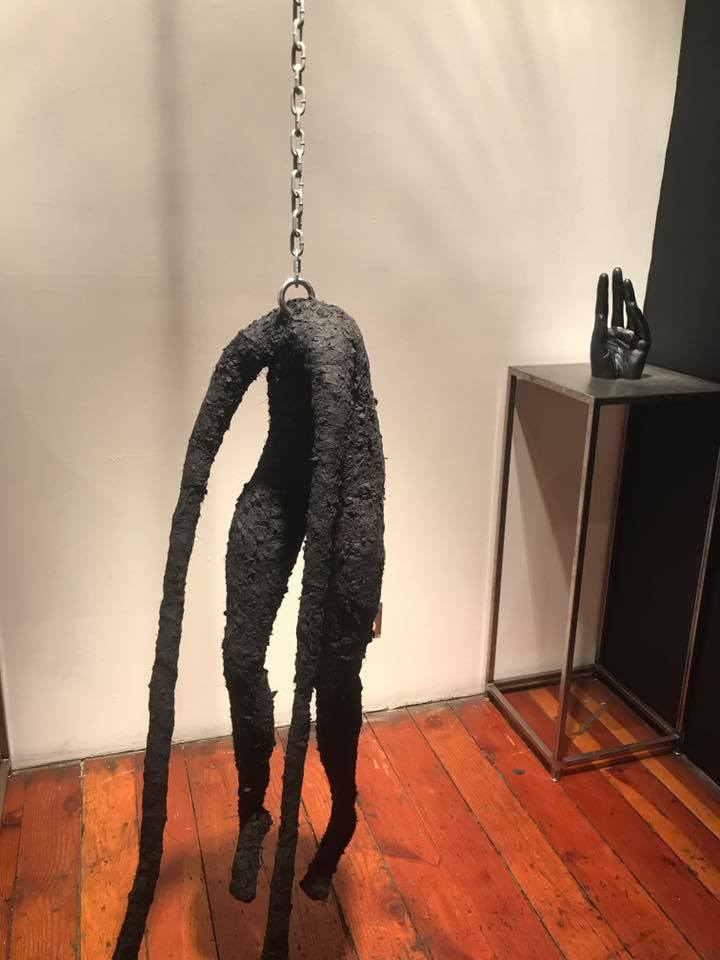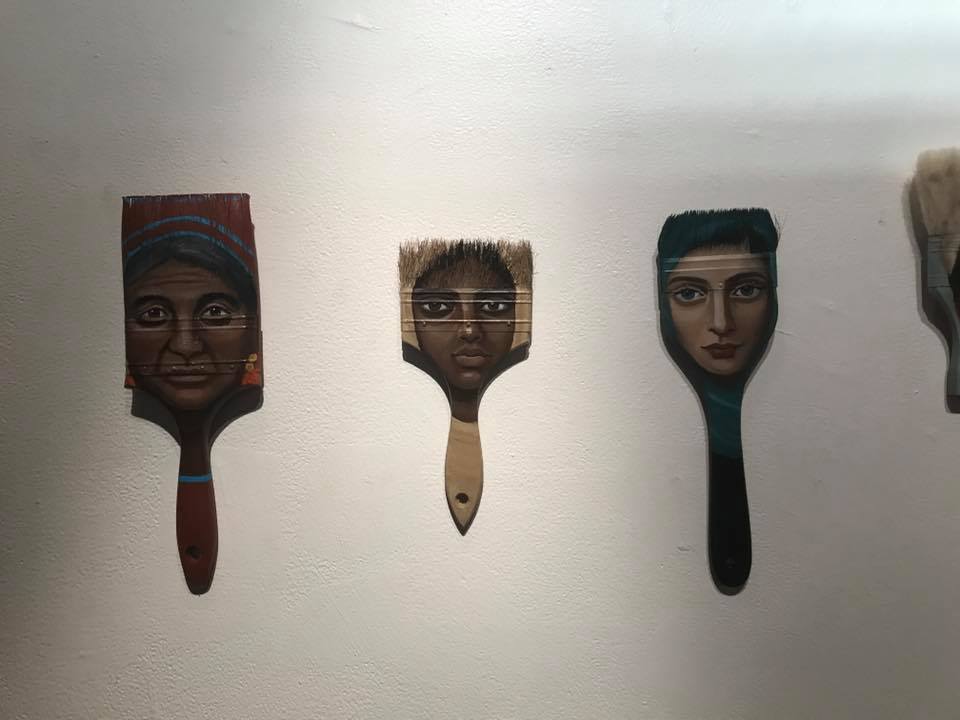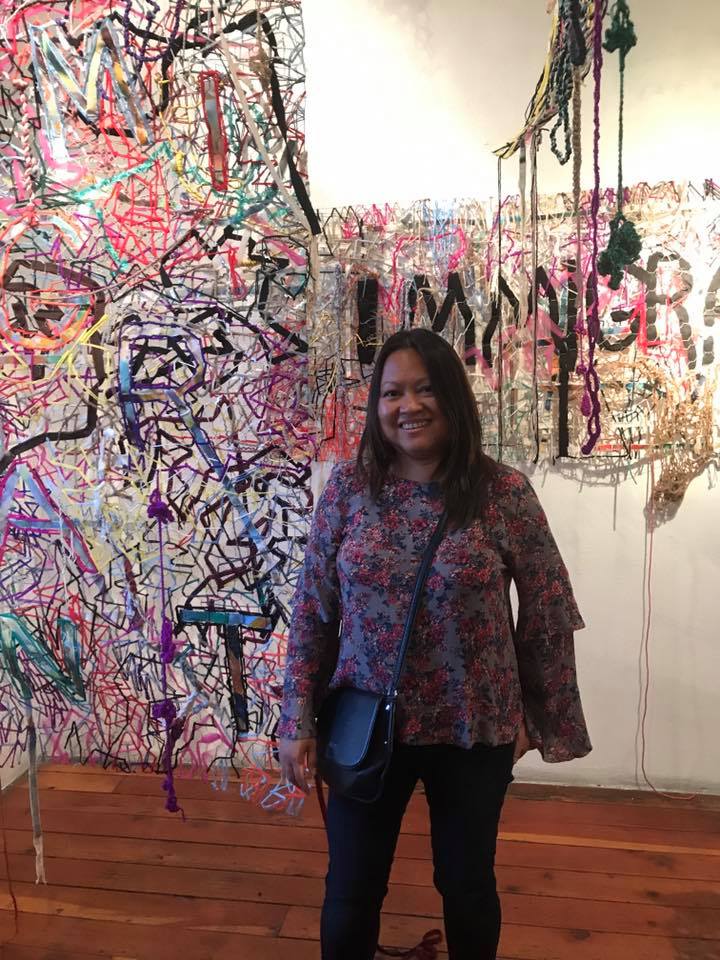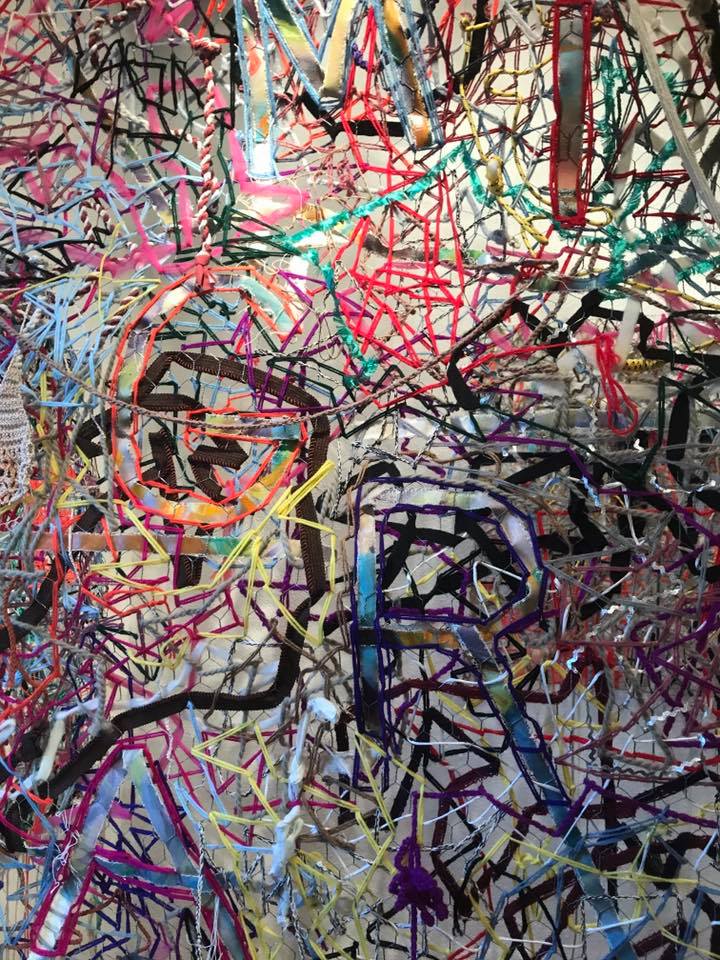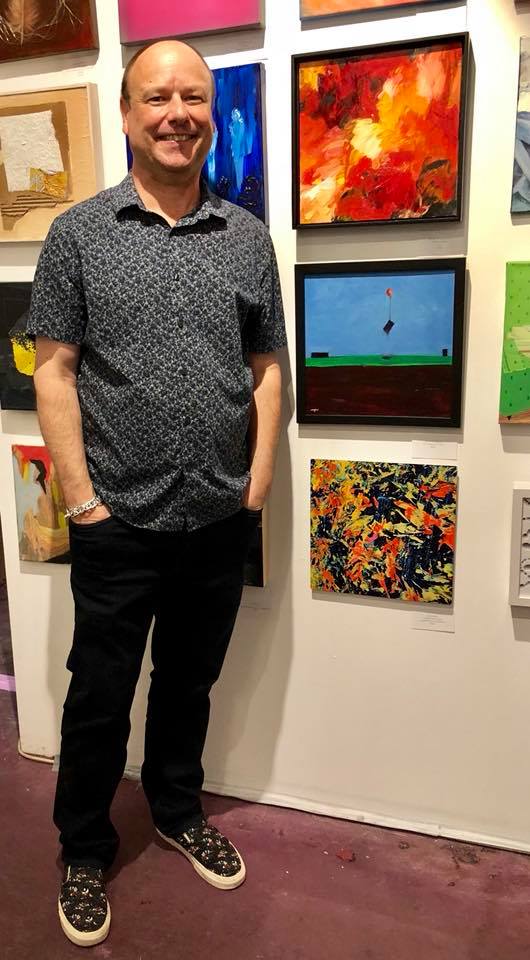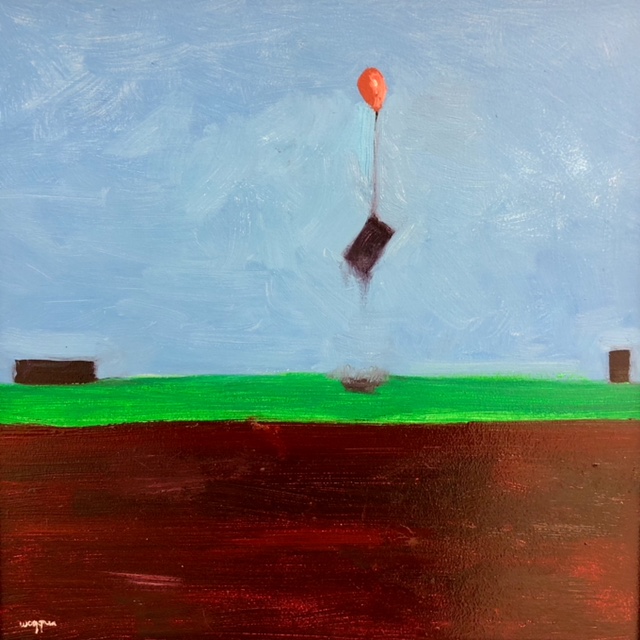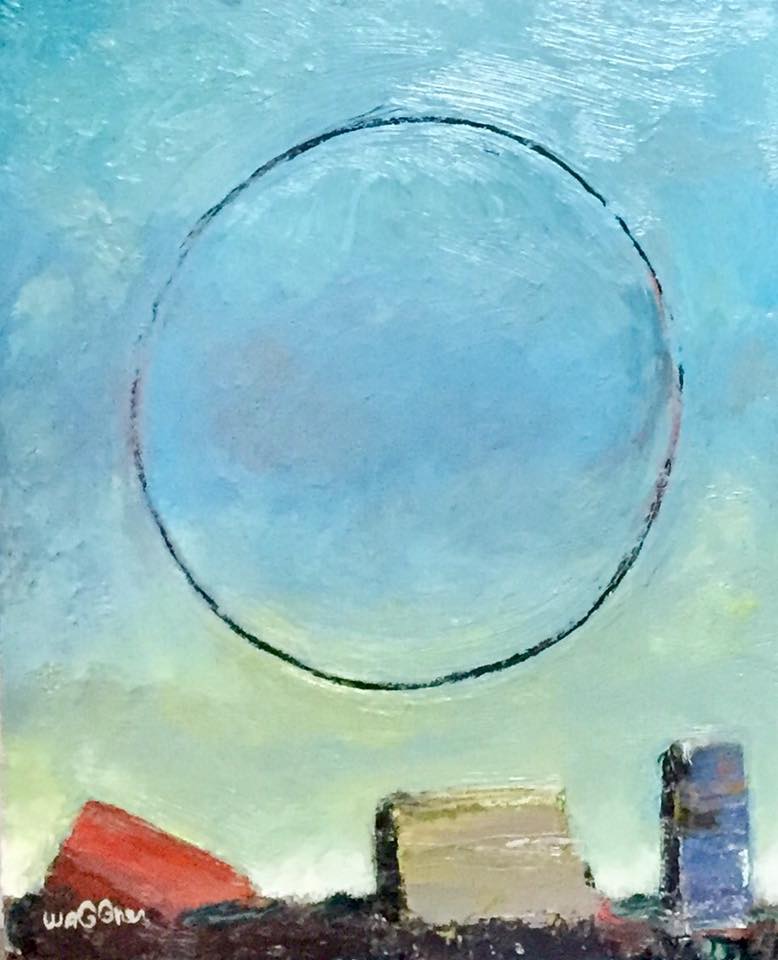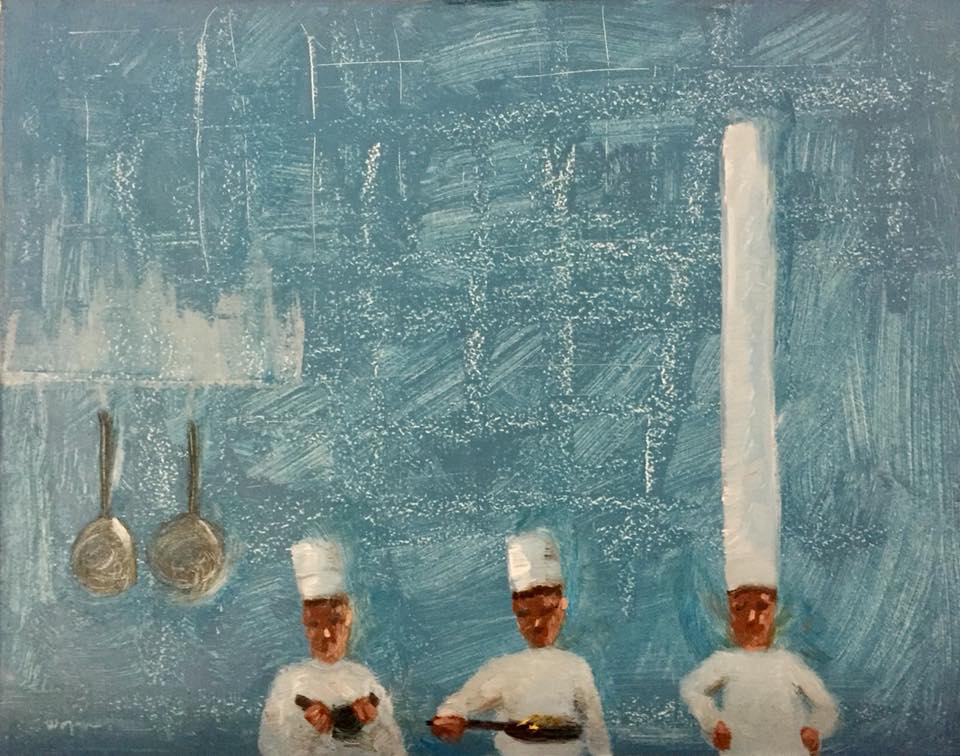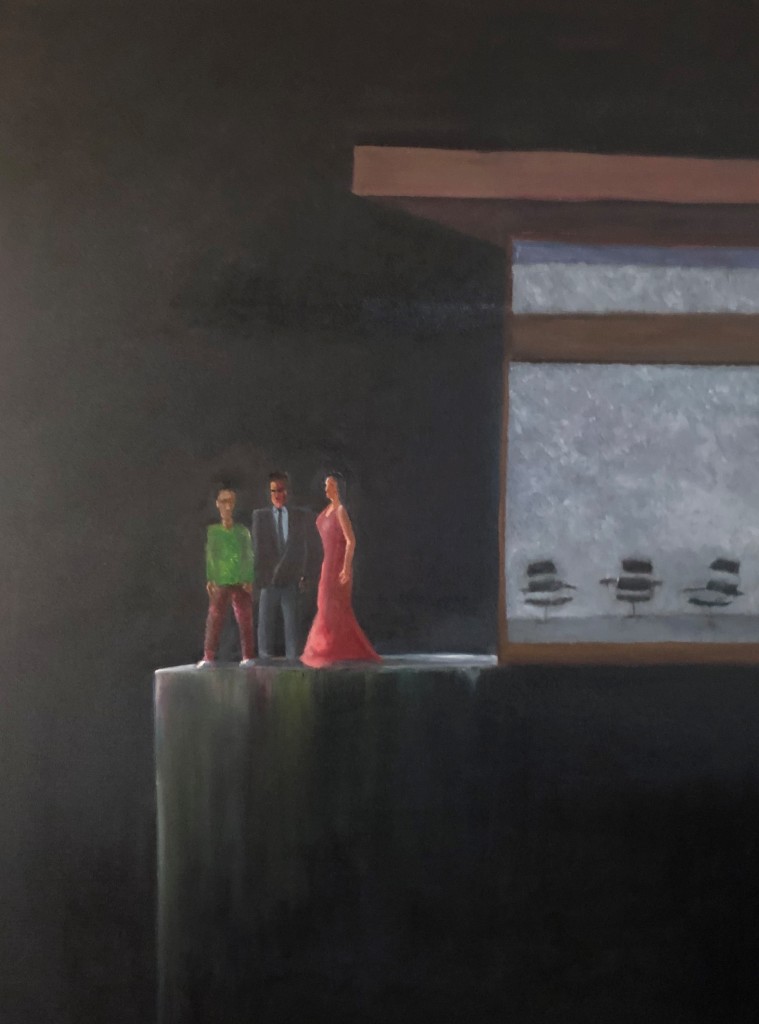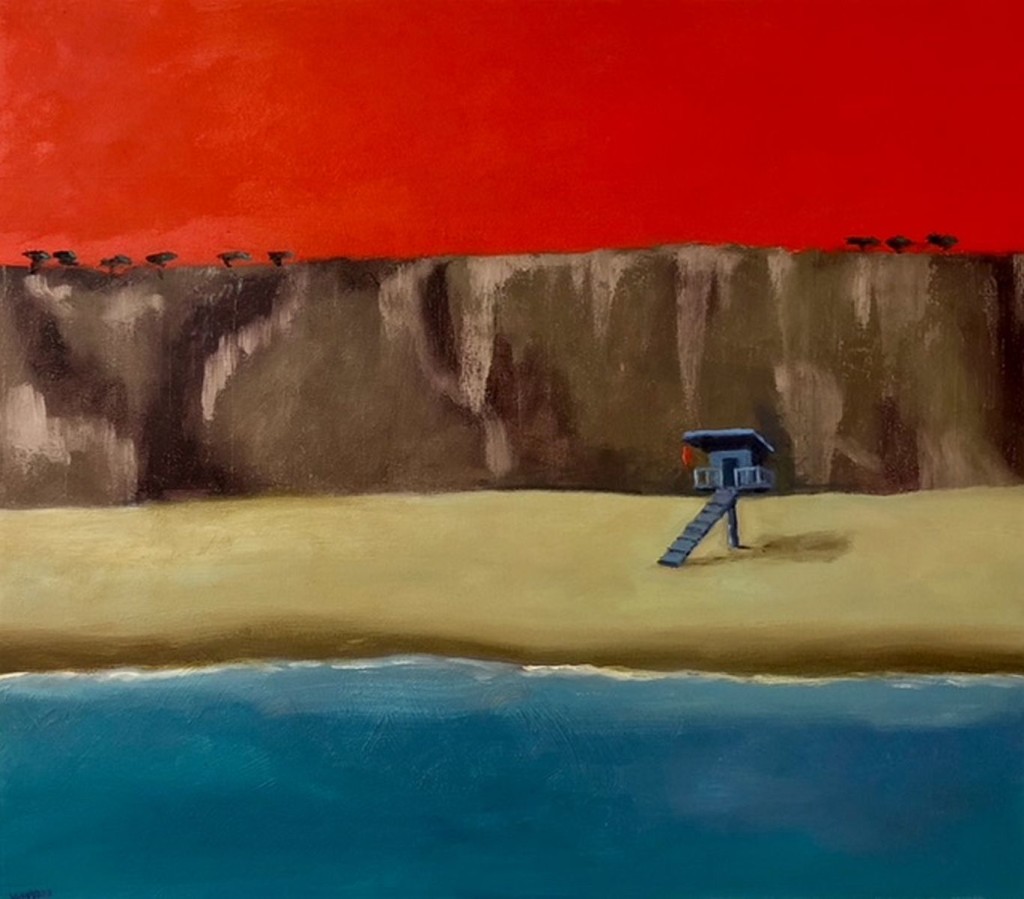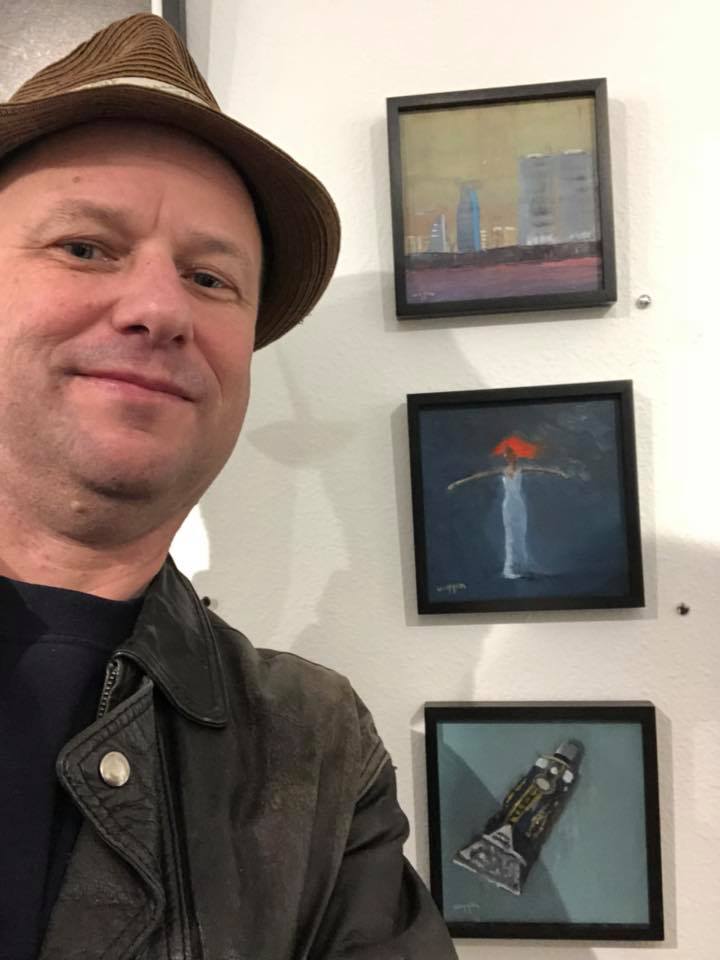Coming to Venice August 17-19, SOVO// Magazine offers viewers a chance to witness – and participate in – the creation of a ceiling-to-floor wall mural from LA-based contemporary tape-artist Chiho Harazaki.
What is a tape artist? Like a maker of mosaics, Harazaki, who was born and raised in Japan, shapes delicate work from fragments of electrical tape. Wielding scissors and precision knives, she creates fascinating, dynamic works that combine elements of cultural, historical, architectural, and lifestyle elements into elaborate depictions of scenes set in both Japan and LA.
The artist has worked in this medium since 2014, and its uniqueness enhances her cool, clean, and visceral style. She says that her life in Japan and now in the U.S. both inform her subjects and her art. Indeed, the meticulous nature of the work, and the lyrical aspects of her composition seem to have arisen from her heritage; while the boldness of meaning and many of her physical settings are pure Los Angeles.
Harazaki’s work offers a fresh take on iconic LA locations such as Union Station and Sunset Junction, as well as a poignant depiction of children at play in her “String Game,” salary men dining in Japan, and in a piece commissioned by SOVO, “Bookends,” she depicts busts of former President Obama and Trump at either end of a row of books, with titles between them depicting each man’s philosophy of life.
“The refuse of tape: tiny, useless, leftover scraps; can become perfect components of an artwork. I found the beauty of imperfection in tape art,” Harazaki says.
Her hand-cut shapes and lines resemble traditional Japanese arts such as woodcut and paper cutting, but are themselves fascinating and entirely unique mixed-media works.
The 3-day pop-up art installation and music event commemorates the magazines second half-issue, [ Issue 2.5 ] and is planned to help attendees interact, break routine, and manifest understanding through art.
Harazaki, who will be present throughout the exhibition dates, says “Let’s focus on growing love. Play together. Know each other.”
She will be working live on a large-scale artwork, offering a rare chance to see her unique, process in action. And, in addition to viewing Harazaki’s original works, a limited edition T-shirt, designed by the artist and produced by SOVO//, will be available for sale. When worn in front of each of the murals Harazaki makes, the shirt creates the illusion that participants are standing within the artwork itself – Instagram ready. Art prints of three of the scenes from the exhibition will also be available to view and purchase by special order.
The immersive event unfolds at 214 Lincoln Blvd., in Venice, August 17-19. Hours are 5-11 p.m. Friday, 12 noon to 11 p.m. Saturday, and 12 noon to 5 p.m. on Sunday. A variety of live performances including music, DJs, hula hoop, and more will take place over the 3-day period.
SOVO// is a new quarterly, high-concept print magazine produced in a limited edition; art-and-music-oriented events launch each issue and half-issue.
- Genie Davis; photos: provided by the artist



